| TALES OF HEATH & POND |
VISITOR'S GUEST BOOK | HISTORY OF THE HEATH & POND | GUESTS' PHOTOGRAPHS | SOURCES OF INFORMATION | VIDEOS | SITE MAP |
History
| I am indebted to a neighbour, Jane Makin, who is the programme and visits secretary of The Petersfield Historical Society, for this text and photographs. If you can add to this story in words, pictures or memories then please do email me. |
||
I wondered how long the Lake had been there and of course I found an article giving the answer in an early edition of the Petersfield Historical Society Bulletin: We should really call it Petersfield Pond, not Lake as there is no natural feed from streams, and Pond because it is artificial, dug out and built by local farmers and herders. At the beginning of the eighteenth century the lake was merely a peat moor over which certain commoners had traditional rights to pasture cattle and to cut turf. This area gradually became a peat bog in which many of the cattle sank and were drowned. They could not be prevented from going into it, as fencing common land was, and still, is illegal. In about 1735 certain inhabitants of the Manor and Borough of Petersfield and tenants of the Manor of Mapledurham, the historic name for the parish of Buriton (both owned by Edward Gibbon) subscribed to a fund for the purpose of dredging the bog and building an embankment on the east side in order to form a pond. The Heath now covers roughly 100 acres and the Pond roughly 20 acres. The remaining 80 acres are divided equally between grass, heathland and woodland. In the course of time a Horse and Wagon wash was constructed. The Heath Pond could be approached from Sussex Road by either vehicle accesses at each end of where the rail and footpath are, right alongside the water. Between these access points there was hard-standing, contained by a below-water wall about one hundred feet offshore. It was safe to drive a vehicle and horses into the water, guided by the white posts and red railings, and give them a good scrub down. Most times this was safe, except early last century a young man had been sent to wash a wagon and horses and something startled the horses and he fell from the wagon, hit his head and was unfortunately drowned in the shallow water. There were no houses then along the Pond part of Sussex Road to witness the tragedy. The present wooden walkway extended across the wagon accesses at both ends and of ourse the guide posts have long since gone. |
||
The Petersfield Historical Society have eight meetings a year with speakers at Herne Farm Leisure Centre and four summer outings to local places of historical interest. The monthly Newsletter we have recently started is in lieu of our usual monthly meetings. |
||
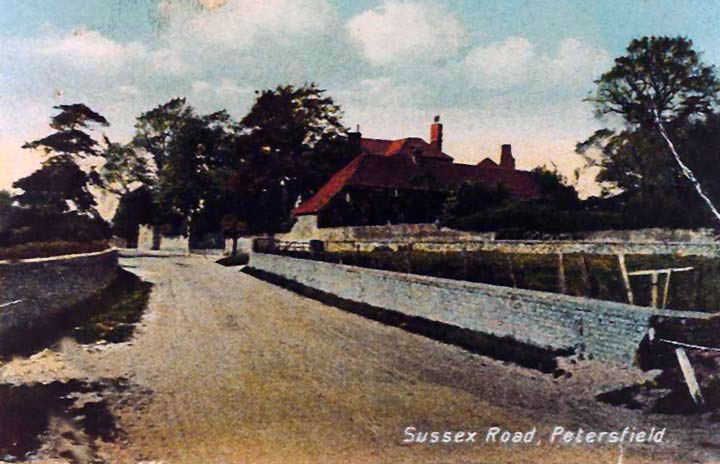 |
||
| This photograph, in full colour, shows the Lakeside corner before anything was built there.The houses shown on it appear to be Heath Cottage and Wych Elm Cottage on the corner of Heath Road West. Looking closely they appear to be tarmacing a pavement alongside the Pond in Sussex Road | ||
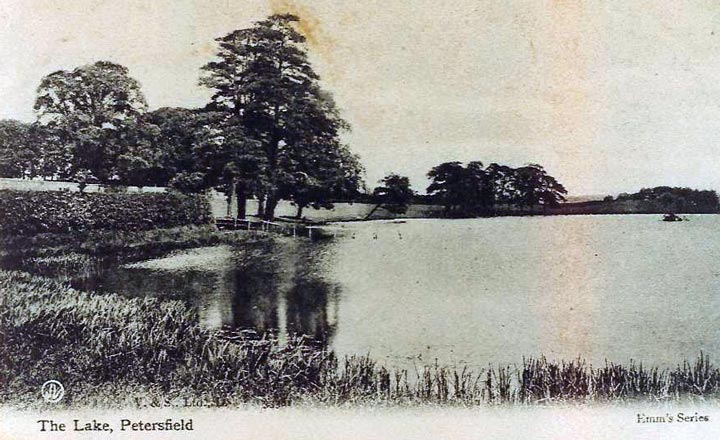 |
||
| This photograph shows the house - Lakeside on the corner of Sussex Road and Heath Road West - and also the Cartwash. Note that the pond is described as a lake - a lake has water coming into and out of it, a pond does not. | ||
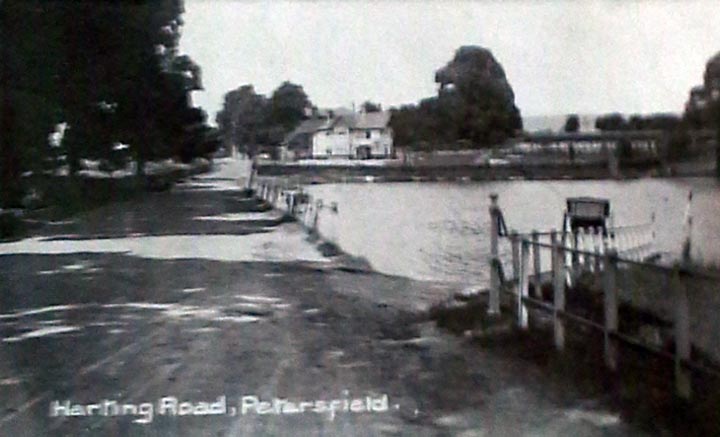 |
||
| Note that in this photograph the name of the road beside the pond is Harting Road - it is now Sussex Road |
||
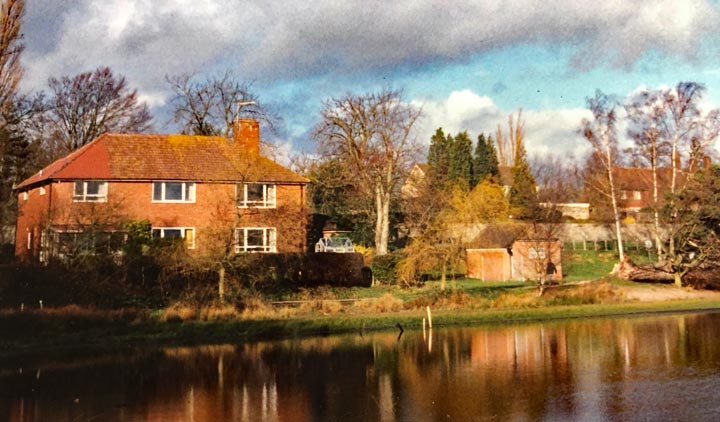 |
||
| Mallard's Lodge - two flats which Vivien Pike's father built | ||
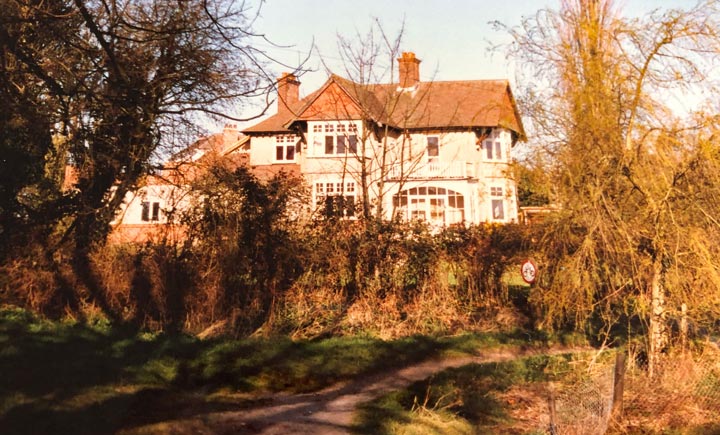 |
||
The original Edwardian house which stood on the corner - Lakeside - before it was demolished in the late 1980's. Lakeside was an Edwardian House, built on the plot of land on the corner of Sussex Road and Heath Road West, by Walter Duffett, who owned a jeweller’s shop in the High Street, where Picketts and Pursers used to be. His shop was there from 1887 to 1927. The family originally lived above the shop, and having six daughters he presumably decided they could do with a bigger house. He was also very active as a Councillor with the local Urban District Council. By the late 1950’s the family were finding the grounds too big to manage and sold off the orchard to The last daughter living in Lakeside died in the 1980’s and the property was bought by a developer. He |
||
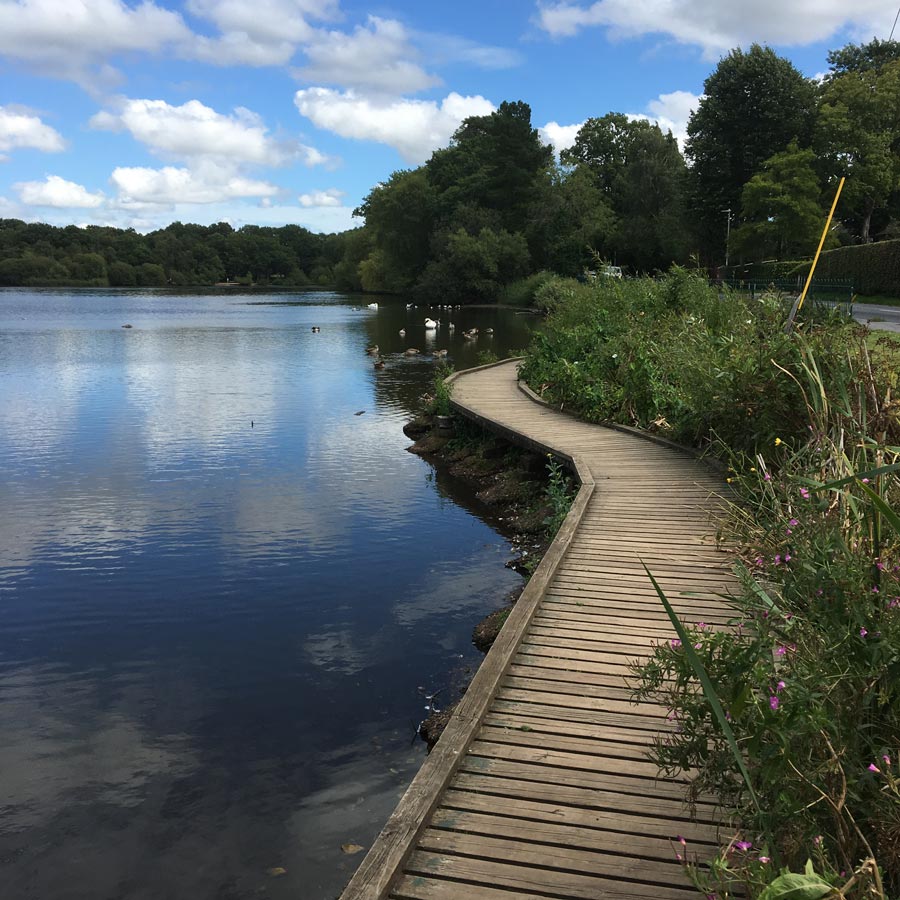 |
||
| The Old Boardwalk - thanks to Steve for supplying this photograph | ||
| Go to the top of this page | ||